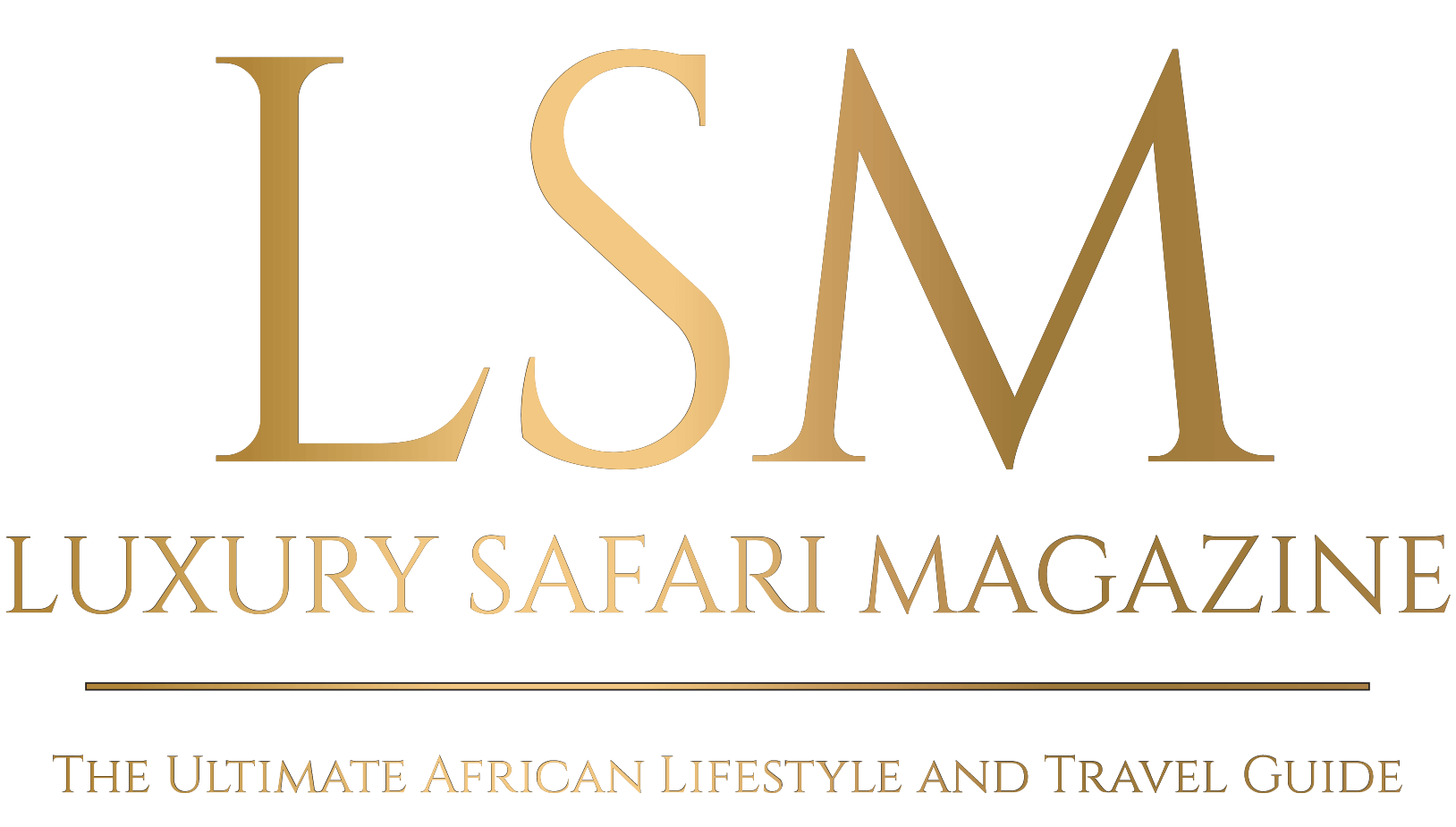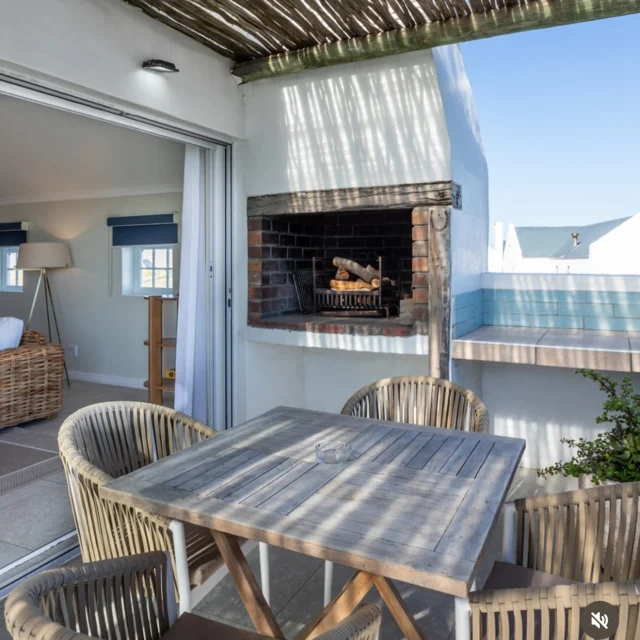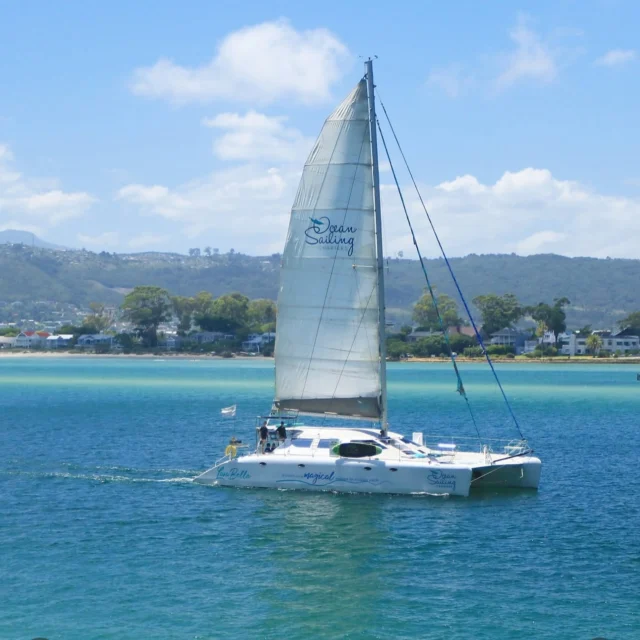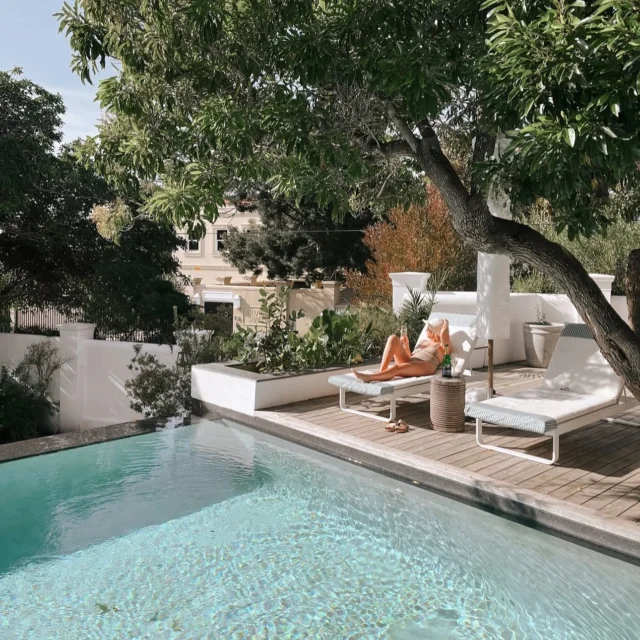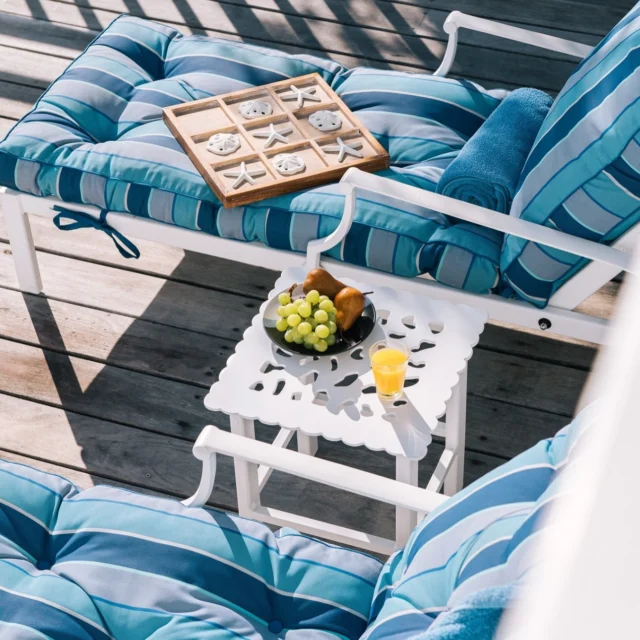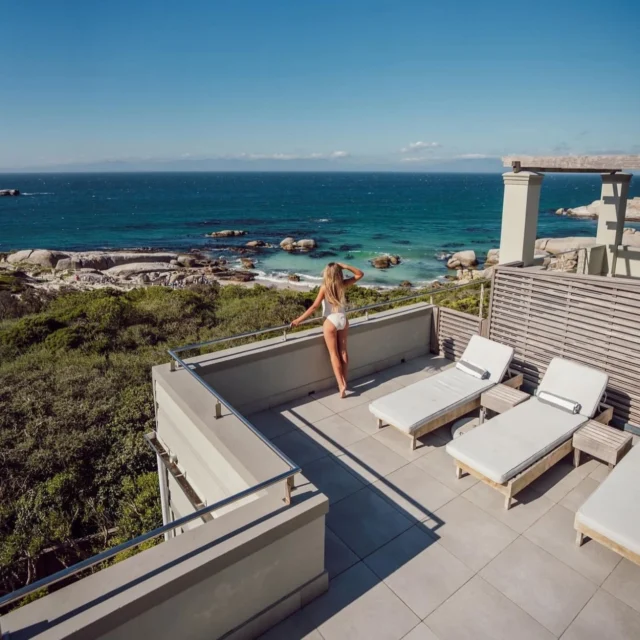March 13, 2022
KRUGER: The Anatomy of a Park Africa’s greatest national park, or a tamed wilderness…?
Word and pics by Mark Eveleigh
South Africa’s Kruger National Park is often slated by die-hard safari afficionados as a ‘tame option’ among African parks. During a three-week safari Mark Eveleigh meets a few of the devotees who consider Kruger the greatest park in the world and untangles some of the complexities of a century of wildlife management.
“There was only one book I took time to study when I was at school,” Adam Mabunda admits. “A friend of mine used to smuggle a tattered old copy of Clive Walker’s classic Tracks and Signs, into class. We’d take turns testing each other’s tracking skills when the teacher wasn’t looking.”
Mabunda grew up on the boundary of Kruger National Park, hunting animals while he guarded his father’s precious cattle. Three decades later he’s one of Greater Kruger’s most respected trackers…and a dedicated vegetarian.
Mabunda’s teammate on game-drives at andBeyond Ngala is guide Fred Krantz, whose own lifelong love-affair with the park stems from very different experiences: “My embryonic obsession for Kruger dates back to a first visit when my mother was still pregnant with me,” Krantz laughs. “We visited on camping holidays every year after that.”
These two South Africans come from wildly different cultural backgrounds yet since early childhood both have asked for nothing more than an opportunity to work among Kruger’s spectacular wildlife. Greater Kruger – about the same size as Wales and spanning 16 different ecological zones – is perhaps unique among the world’s greatest parks for the affection it inspires among devotees.
Krantz is in no doubt: “It’s the best place in the world,” he says.
We’ve been driving the gravel roads since first light, tracking the saucer-sized pugmarks that Mabunda believes belong to the big black-maned boss of the Birmingham pride. The pride (named after a long-gone farm, rather than the English city) has long been famous among Kruger afficionados for the iconic white lions, a rare genetic variant that crops up with surprising frequency in the local blood line.
Wherever you go in this country, you meet South Africans who’ll enthusiastically recount their most memorable Kruger adventures; epic predator sightings and Big Five encounters are most popular but occasionally there’ll be spellbinding stories of once-in-a-lifetime pangolin-sightings, or brown hyena- or aardvark-encounters. These devotees tend to sing the praises of their favourite sections of the park with what could almost be patriotic fervour.
“We started visiting Kruger shortly after getting married almost 50 years ago,” says Cape Town resident Graham Gower-Jackson. “Since retirement, my wife Spratty and I have spent at least a month each year camping in the park. We love southern Kruger – it’s easy to access and the animals are more plentiful.”
Every winter Carol Exelby and her husband Mike make a ten-hour drive from their KwaZulu-Natal home to spend around three weeks camping in the northern sector of the park: “We’d visited most of South Africa’s reserves and were relatively late-converts to Kruger,” she admits. “We first visited about eight years ago and fell in love with the far north for its sense of solitude, wild landscapes and phenomenal birdlife.”
Most international guests tend to visit camps and lodges in the concession areas along the park’s western boundary. While fences have been dropped to form a vast wilderness area known as Greater Kruger, many of these concessions – like andBeyond Ngala and the iconic MalaMala – maintain exclusive rights to game-viewing on their own areas.
True to form, andBeyond’s ace-tracker Adam Mabunda zeroes us in on the Birmingham boss’s resting spot under a shady acacia. But the lord of the savannah is not looking well and Krantz guesses that the painful-looking puncture wound on the huge tawny head was inflicted by a competing male.
“The poor guy’s getting old now,” Krantz says as he eases the Landcruiser to a halt. “He’s probably aware that the young nomadic males in the vicinity will move in on his territory soon.”
The lion’s great amber eyes wince as he bellows out a desultory territorial roar.
Even for the apex-predators, Africa’s circle of life is a brutal business.
“Life can be very cruel,” says Bonga Njajula, a few days later as we watch a very sorry-looking hyena. It appears that this battered specimen has been a victim of a clan fight. Along with other injuries, both ears have been bitten off.
“It’s awful to see something like this,” Bonga sighs. “Visitors often try to convince us to call the vet in…”
Bonga is head guide at Kruger Shalati, the newest and chicest accommodation option in Kruger’s popular southern section. Established in luxuriously converted railway carriages that are parked on a bridge over the Sabie River, the property manages to combine designer opulence with a unique sense of Kruger’s dramatic history. It was on this very spot where early rail travellers – en-route from Pretoria to what would later become Maputo – would stop to spend a night on safari among the wildlife…albeit cocooned in the security of their carriages.
The bridge is just 300m down river from what is now Skukuza Rest Camp. James Stevenson-Hamilton, a Scottish colonel who fought in the Anglo-Boer War, became the first warden of the new Sabi Game Reserve in 1902. It was the first step in what would (in 1926) become Kruger National Park and the local communities nicknamed the new warden Skukuza, meaning ‘he who sweeps clean’. It was a ‘tribute to his fearless efforts to eradicate poachers and squatters from the area’ wrote Keri Harvey in Greater Kruger, The Big Picture but, in his excellent book, Shaping Kruger, Mitch Reardon pointed out that it was unlikely the subsistence farmers he evicted from the embryonic national park had intended the nickname as a compliment.
Kruger has come a long way as a tourist destination since 1927, when visitor books listed a grand total of 27 guests. Before the pandemic, the figure climbed almost to the 2 million mark with many South Africans spending a month or more in the park. Although Stevenson-Hamilton was certainly a visionary, it’s doubtful that the legendary conservationist could ever have envisaged the camp that was named after him. Almost a century after the Kruger National Park was officially established, Skukuza Rest Camp has six guest houses, 229 bungalows and space for around 320 tents. It resembles a small town, complete with museum, supermarket, souvenir shop, laundromat, library, restaurants, even a nail bar and 9-hole golf-course.
While the Kruger Shalati train is about as exclusive as it’s possible to get, the property’s open-sided game-drive vehicles share their viewing areas with Skukuza campers and day-visitors. While Bonga and I are offering heartfelt – but useless – commiserations to the hyena clan-fight victim a white ‘bakkie’ (pickup) pulls up beside us. The Afrikaans woman in the passenger seat winds down her window to tell me that she heard about this suffering creature on one of Kruger’s social-media sightings groups.
There’s no other park in Africa where sightings are shared so effectively but, thanks to these real-time tip-offs, vehicles can sometimes number into the dozens around a single predator.
“Achh! Poor hyena.” The Afrikaans woman turns to Bonga. “Why can’t they call a vet and put it down?”
The question is purely rhetorical; the woman is aware that it’s a central tenet of modern wildlife management that human intervention should be kept to an absolute minimum.
This wasn’t always the case. In the early days lion, painted dogs and hyena were routinely shot on sight in an effort to allow the prey species to maximise their numbers. Leopards only escaped such decimation thanks to their elusiveness. Even today the leopard is considered the holy grail of the Big Five tick-list and Kruger’s exclusive MalaMala is perhaps the best place in the world to see these most secretive and beautiful of predators. I’d recently spent three nights at the historic camp and during that time had no less than six unforgettable leopard sightings.
Just as humans have had to rethink their strategies in the face of changing conditions in the park so too the wildlife has adapted habits to a landscape upon which mankind has stamped its mark. Hunting hyenas have learned that their success rates soar in areas where panicked herds can be driven up against fences. Kruger cheetahs habitually mark their territories on the top of cemented way-markers just as they use termite mounds in other areas. Experienced leopards use slow-moving game-vehicles as mobile ambush points from which to hunt impala and lions have learned that giraffe are easier to bring down if they are driven onto smooth, slippery tarmac.
Almost nine hundred kilometres of blacktop networks the park, and it’s one of the startling paradoxes of Kruger that these essentially unnatural strips have created rich micro-habitats all of their own.
“The run-off from the tarmac creates particularly lush grazing,” Bonga explained. “Predators are aware of this and they also appreciate the soothing warmth of the road and the wide vantagepoints it offers.”
Wondering if this paradox stretched right through the park, I turned my back on the luxury lodges and well-equipped camps of the south and set out to drive to Kruger’s lesser-known northern boundary.
Stuart Parker, owner of safari-vehicle rental company Tread Lite, is another Kruger veteran and a wealth of advice on the park: “When I was a little kid every family holiday was spent in southern Kruger,” he recalls. “It was only much later when I realised that the best of the Kruger wilderness is to be found among the fever tree forests and pristine baobab country of the far north.”
Tread Lite’s brochure promised to supply ‘everything you need, and nothing you don’t’. My lightweight Suzuki Jimny 4×4 was fully equipped with camping paraphernalia, electric fridge and the braai (barbecue) equipment without which any South African safari would be considered unworthy of the name. It was a sweltering summer morning when I hit the road so I was glad to realise that Tread Lite consider in-car climate-control among the things you do need.
It comes as a surprise to visitors from the northern hemisphere that the South African summer is also the season of heavy rains. Along the banks of the flooded Olifants River I had to make way for the great tuskers (after whom the river was named) that use the highways as migration routes. The elephants appeared to float above the tarmac on shimmering heatwave mirages and zebra, wildebeest, buffalo and rarer tsessebe congregated along the verge. As I drove north into the more arid mopane and baobab country I passed the chain of manmade boreholes that testify to one of the biggest management mistakes in the park’s history.
‘I have always felt that Nature is able to manage her affairs better than Man can do it for her,’ Kruger’s first head warden wrote in the 1940s. Thirty years later, however, Stevenson-Hamilton’s lessons were apparently forgotten amid the frenzy of the ‘Water for Game’ project.
Well-intentioned human interference frequently has adverse effects on wild populations. But this is a lesson that mankind seems to be condemned to learn over and over again. Like its cyclical weather systems, Kruger’s populations are naturally in a state of perpetual wax and wane. Early conservationists struggled desperately to level these curves and, like people trying to push waves flat, the result was aggravated turmoil.
Massive as it is, even Kruger would have to be many times larger to function without any human intervention whatsoever. The great dream is that one day remaining fences will come down and Greater Kruger will form part of a massive 99,800km² Transfrontier Conservation Area which will extend far over the borders into Zimbabwe and Mozambique. In Stevenson-Hamilton’s day the park could only function as a fenced enclave, with animals being kept in and poachers kept out. During the 1990s fences we dropped along much of the park’s western boundary, opening vast expanses of concessions and private reserves to migrating animals.
Bernie Smith, the British owner of Garonga Safari Camp faces very different wildlife management problems in his property set within the entirely fenced Greater Makalali Private Game Reserve (an hour from Kruger). As we’d sat chatting on the veranda at one of the most beautifully designed tented camps I’d ever visited, Bernie described the complications of land management in a relatively confined space: “Next to humans, elephants are the main agents of change in the African bush,” he’d explained. “You need elephants to keep the vegetation open for other species but too many can lead to destruction and ultimately desertification.”
The 250km² Greater Makalali is big enough to support a population of 55 elephants and numbers are controlled in expensive annual operations featuring contraceptive darting from helicopters. The reserve also has an undisclosed quantity of white rhinos and has been selected as one of only a few properties suitable for relocation of critically endangered black rhinos.
“Over a third of all South African rhinos are on private reserves,” Smith points out, “but it comes at phenomenal cost since we have to maintain expensive anti-poaching units.”
Makalali, like most reserves, refuses to disclose its rhino population for security reasons but South African National Parks recently surprised the conservation community by publicizing Kruger’s rhino population. Officially there are 3,817 rhinos left in Kruger National Park but during the week I drove through the park, up to the Limpopo valley, I saw just one solitary rhino.
The Suzuki’s cruise-control prevented me from inadvertently over-stepping the statutory 50km/hr speed-limit on the almost deserted road through the park’s northern sector. I pitched my tent in well-equipped Rest Camps and more basic (and enchantingly wild) Rustic Camps before I finally arrived near the aptly named Crooks Corner, once the ‘border badlands’ where South Africa rubs sunburned shoulders with Zimbabwe and Mozambique. Back in the early 1990s an estimated three thousand or more Mozambican refugees were sneaking across Kruger each night in a desperate attempt to escape the civil war. This human migration navigated along the westward-leading powerlines…and they presented an irresistible food-source for the predators that quickly learned to stake out the route.
It’s a little-known part of Kruger’s history but Mitch Reardon estimated, in Shaping Kruger, that the prides in this area probably racked up far more human victims than any other man-eaters in recorded history. To this day the lions along Kruger’s eastern boundary are said to be unusually aggressive.
I spent my last night in the park at Punda Maria Rest Camp. As the sun began to set, and the aroma of my barbecuing steaks drifted into the hot night air, my thoughts turned to the lions and I began to appreciate the predator-proof electric fencing.
A star-studded sky filtered through the mopane-leaf canopy above my camp as I blissfully tuned in to the hubbub of the African night. Everything felt wonderfully peaceful until I realised that a faint sound of growling emanated from directly below my canvas chair.
I leapt to my feet, scrabbling frantically for a torch. In that moment it crossed my mind that only the foolhardy underestimate the wilds of Kruger.
It was only when the shaky beam of my torch illuminated four fiery eyes that I realised I’d narrowly escaped the pincer-movement stalking-technique of a pair of thick-tailed bushbabies.
How to get there
andbeyond Ngala Tented Camp is an exclusive camp located on an unfenced private concession abutting the main park. Be sure to spend a night in safari seclusion at the hyper-luxurious treehouse.
Kruger Shalati, with suites in converted railway carriages, is one of Africa’s most evocative designer lodges.
MalaMala is one of Greater Kruger’s most iconic safari venues and offers unparalleled Big Five viewing – especially leopards.
Garonga Safari Camp in a fenced Big Five private reserve, is nothing short of a piece of African bush paradise.
Tread Lite 4×4 hire offers an unforgettably adventurous self-drive camping safari experience in a quirky – and, as the name implies, eco-friendly – Suzuki Jimny.
South African ‘Wild Cards’
If you’re spending more than a week in Kruger (or visiting more than one park) a South African National Park ‘Wild Card’ is a cost-effective option. These cards, covering discounted access to 80+ national parks and reserves, are available for individuals, couples and families and the choice can be complicated. Audley Travel can offer advice on which Wild Card will work best for any eventuality and they also offer tailor-made trips to South Africa.
A 12-night trip to Cape Town and Kruger with Audley costs from £5,200 per person. The price includes direct international and domestic flights, transfers, five nights at Abbey Manor on a B&B basis in Cape Town and five nights in Kruger on a fully inclusive basis (two nights at Kruger Shalati and three nights at Garonga). The price also includes touring in Cape Town (Table Mountain and a private Cape Point peninsula tour). Alternatively, fly into Johannesburg and head straight to Greater Kruger for your Big 5 safari at MalaMala and/or Ngala. Rates on request from Audley Travel.
When to go:
During summer (November-February) Kruger is cloaked in vibrant greenery, baby animals are spectacularly abundant and the park is alive with visiting migrant birds. Hot, sunny weather is interspersed with heavy rains and temperatures can rise to 45⁰C.
Winter (June-August) brings drier weather, with cool nights that typically develop into sunny days of clear, blue skies. Game-viewing is more rewarding with wildlife more visible thanks to sparser vegetation, and because animals gather more predictably near water-sources. Winter is a time for cosy evenings around the ‘bush telly’ (campfire).
©Mark Eveleigh
